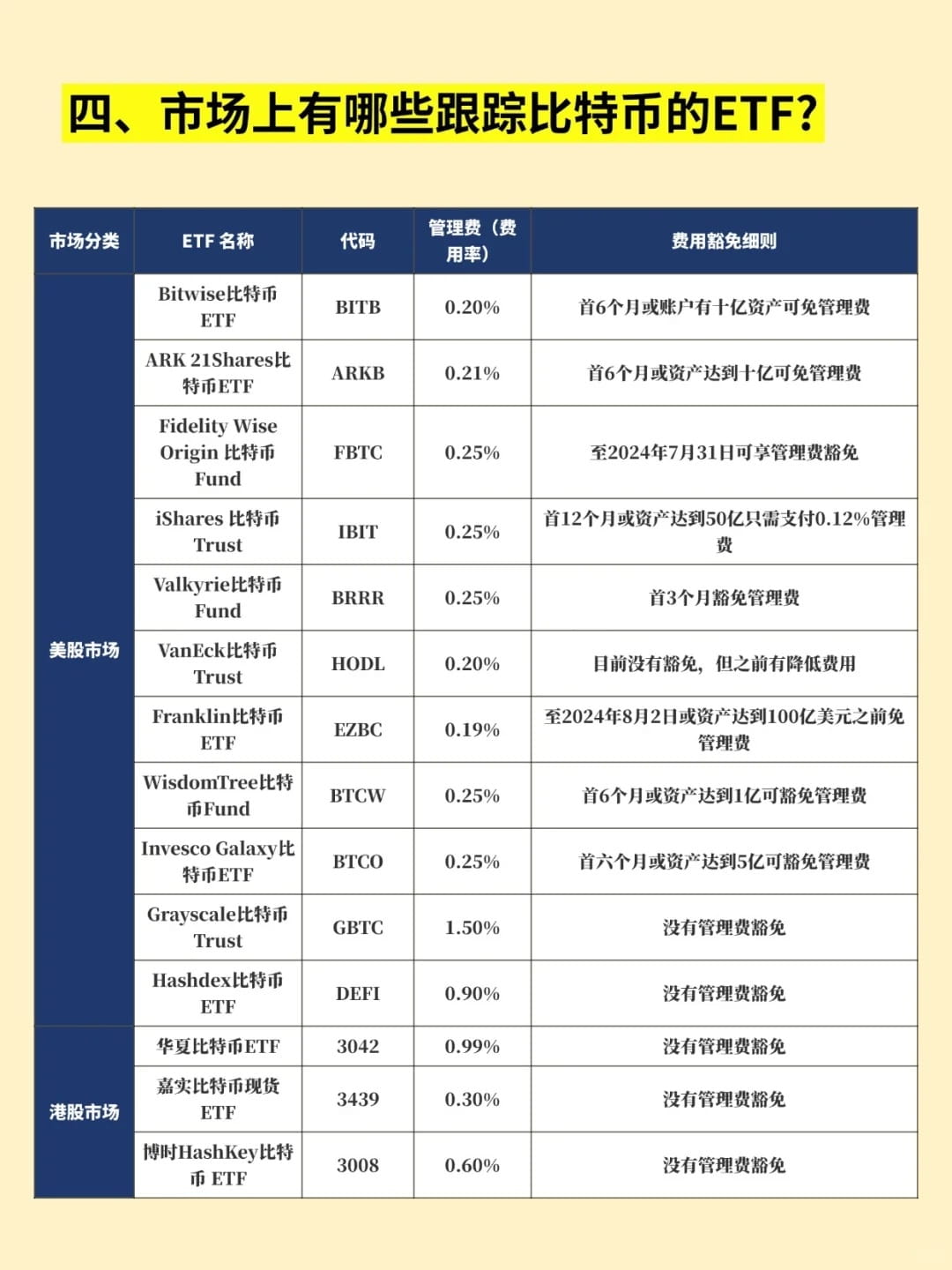1. What is the origin of Bitcoin?
On October 31, 2008, a Japanese-American named Satoshi Nakamoto published a paper titled 'Bitcoin: A Peer-to-Peer Electronic Cash System', describing a form of electronic currency he called 'Bitcoin' and its algorithm.
On January 3, 2009, Satoshi Nakamoto developed the first client program that implemented the Bitcoin algorithm and performed the first 'mining', obtaining the first batch of 50 Bitcoins, marking the official birth of the Bitcoin financial system.
So what exactly is Bitcoin? Why has it become so popular worldwide and attracted so many followers?
2. Characteristics of Bitcoin
Bitcoin is also known as 'digital gold'. We know that people choose gold because it possesses three characteristics: rarity, durability, and divisibility.
And Bitcoin has similar characteristics:
Its supply is limited (scarcity); the total amount of Bitcoin is only 21 million, just like mining gold in reality, it will become less and less, and the less there is, the more expensive it will become!
It has security (durability) as a blockchain, equivalent to a public 'ledger' that records all Bitcoin transactions, ensuring that Bitcoin cannot be lost.
It can be divided; one Bitcoin can be infinitely split into smaller units, which means the world will never 'run out' of Bitcoin.
3. How to obtain Bitcoin
Mining: an activity that verifies Bitcoin transactions and obtains new Bitcoins by solving complex mathematical problems.
Purpose of mining: to verify transactions and ensure they are legitimate. Prevent the same Bitcoin from being used multiple times. Protect the Bitcoin network.
Mining rewards: miners who successfully verify transactions will receive newly generated Bitcoins as rewards. In simple terms, mining is like participating in a global puzzle competition; whoever solves the puzzle first gets to win some Bitcoins. This not only protects the security of the Bitcoin network but also allows miners to earn income.
4. What ETFs track Bitcoin in the market?

